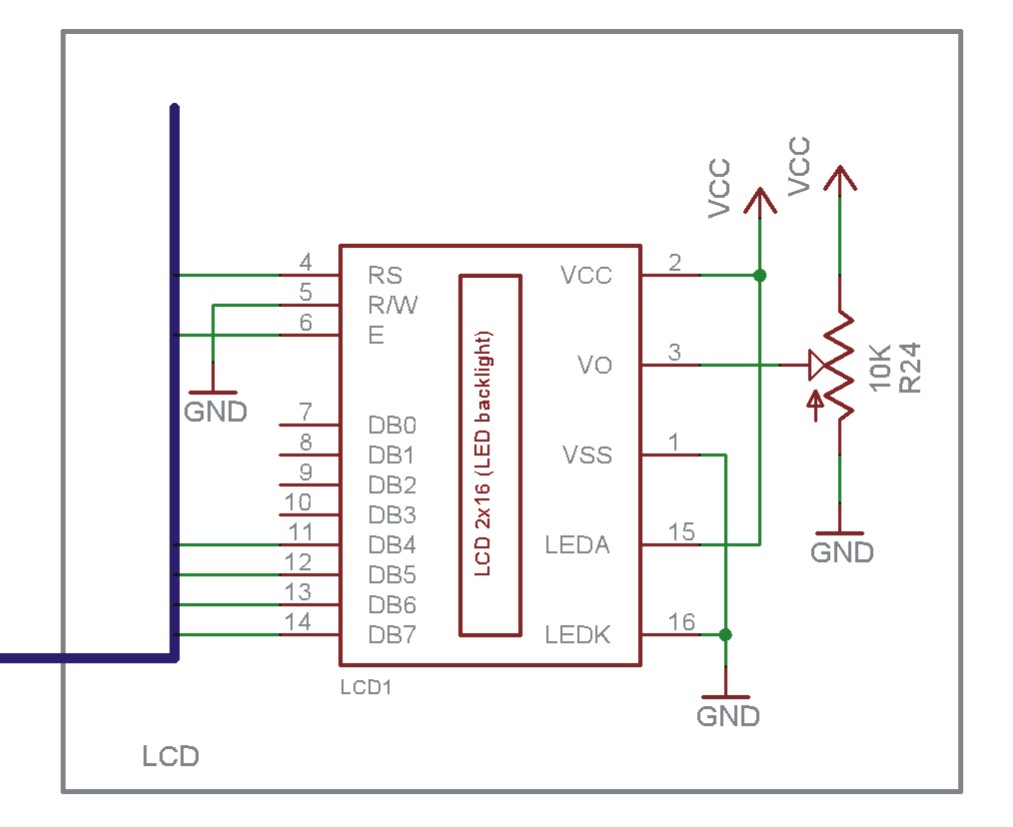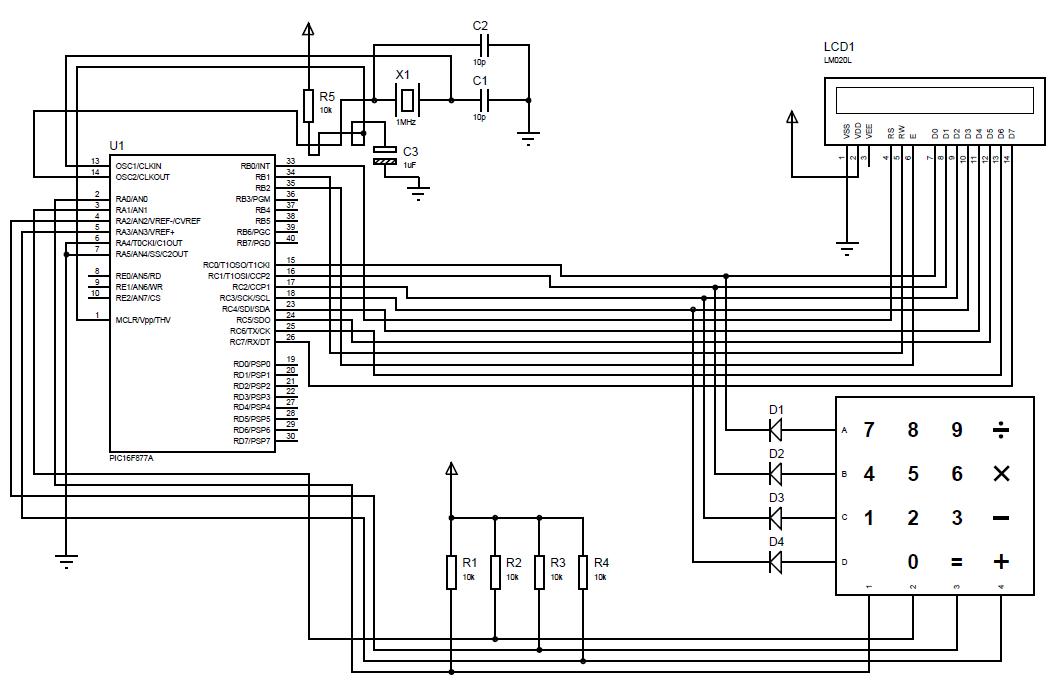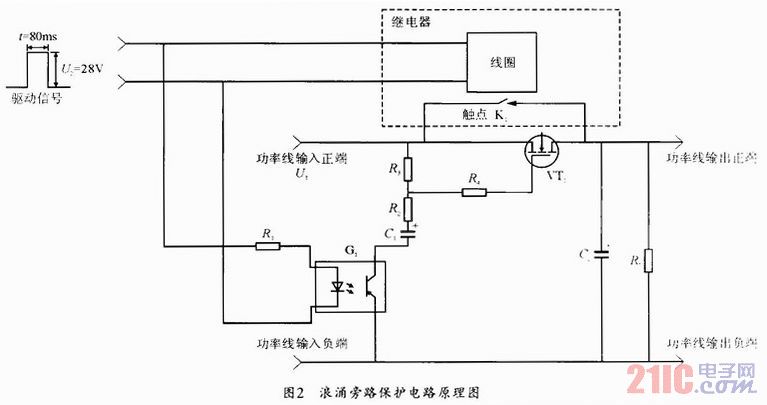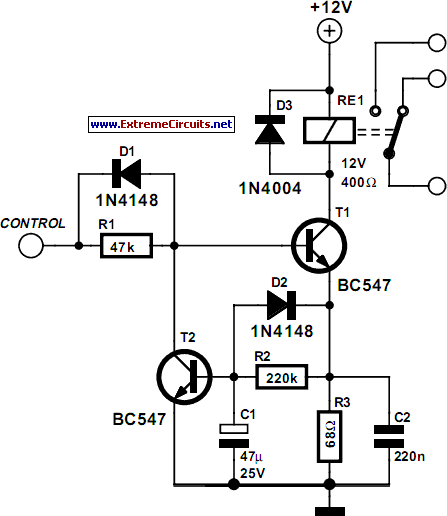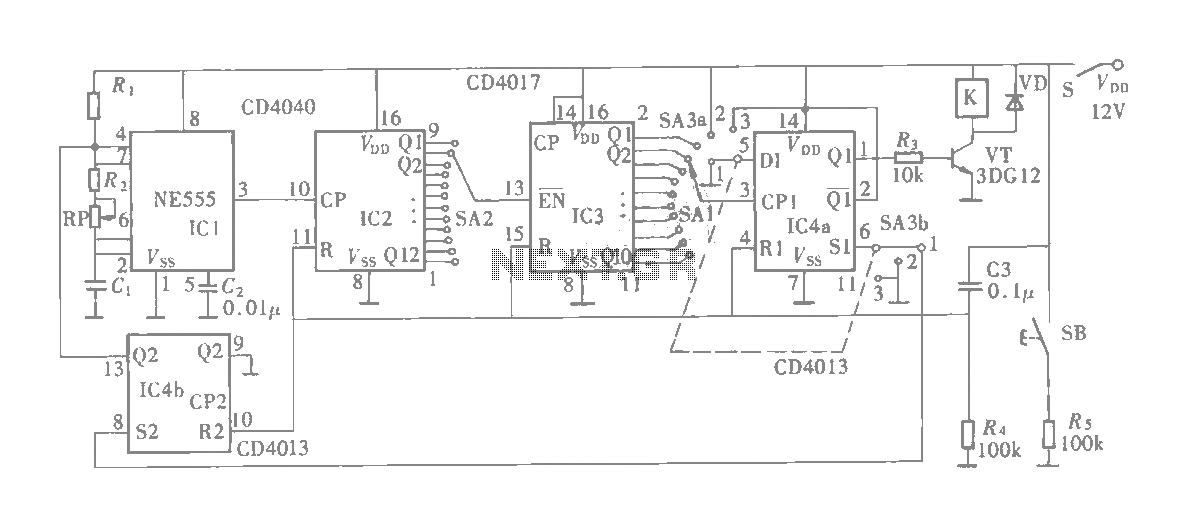
relay interfacing with spartan 3 primer
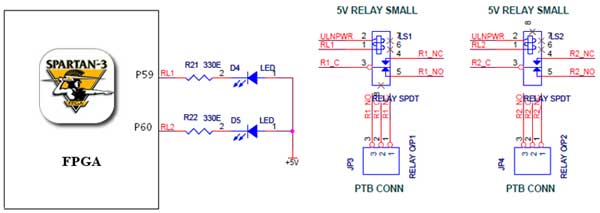
The Spartan-3 board features external 5V relay interfacing, as depicted in the accompanying figure. The ULN2803 is utilized as a driver for the FPGA I/O lines, with the driver outputs connected to the relay modules. A PTB connector is provided for an external power supply if necessary.
The Spartan-3 board is designed to facilitate the integration of relay modules, enabling control of higher voltage and current loads through the FPGA. The ULN2803 is a high-voltage, high-current Darlington transistor array, which effectively drives the relays by providing sufficient current and voltage levels from the FPGA's I/O lines. The use of this driver ensures that the FPGA remains protected from the electrical demands of the relay coils.
The relay modules connected to the ULN2803 can switch various devices, such as motors, lamps, or other electrical appliances, making the Spartan-3 board suitable for applications in automation, robotics, and control systems. The PTB connector allows for an external power supply, ensuring that the relays can operate independently of the FPGA’s power source, thereby enhancing system stability and reliability.
In schematic representation, the ULN2803 would be connected to the FPGA I/O pins, with each output of the ULN2803 linked to the control terminals of the respective relay module. The relay modules would then be connected to their respective loads, with appropriate flyback diodes included across the relay coils to prevent back EMF from damaging the ULN2803 or the FPGA. The PTB connector would be wired to supply the necessary 5V to the relay modules, ensuring that the entire system can operate efficiently under varying load conditions.
Overall, this configuration allows for effective control over multiple relays, broadening the functionality of the Spartan-3 board in various electronic and robotic applications.The Spartan-3 board has external 5v Relay interfacing, indicated as in Figure. ULN2803 is used as a driver for FPGA I/O lines, drivers output connected to relay modules. PTB connector provided for external power supply if needed. 🔗 External reference
The Spartan-3 board is designed to facilitate the integration of relay modules, enabling control of higher voltage and current loads through the FPGA. The ULN2803 is a high-voltage, high-current Darlington transistor array, which effectively drives the relays by providing sufficient current and voltage levels from the FPGA's I/O lines. The use of this driver ensures that the FPGA remains protected from the electrical demands of the relay coils.
The relay modules connected to the ULN2803 can switch various devices, such as motors, lamps, or other electrical appliances, making the Spartan-3 board suitable for applications in automation, robotics, and control systems. The PTB connector allows for an external power supply, ensuring that the relays can operate independently of the FPGA’s power source, thereby enhancing system stability and reliability.
In schematic representation, the ULN2803 would be connected to the FPGA I/O pins, with each output of the ULN2803 linked to the control terminals of the respective relay module. The relay modules would then be connected to their respective loads, with appropriate flyback diodes included across the relay coils to prevent back EMF from damaging the ULN2803 or the FPGA. The PTB connector would be wired to supply the necessary 5V to the relay modules, ensuring that the entire system can operate efficiently under varying load conditions.
Overall, this configuration allows for effective control over multiple relays, broadening the functionality of the Spartan-3 board in various electronic and robotic applications.The Spartan-3 board has external 5v Relay interfacing, indicated as in Figure. ULN2803 is used as a driver for FPGA I/O lines, drivers output connected to relay modules. PTB connector provided for external power supply if needed. 🔗 External reference
